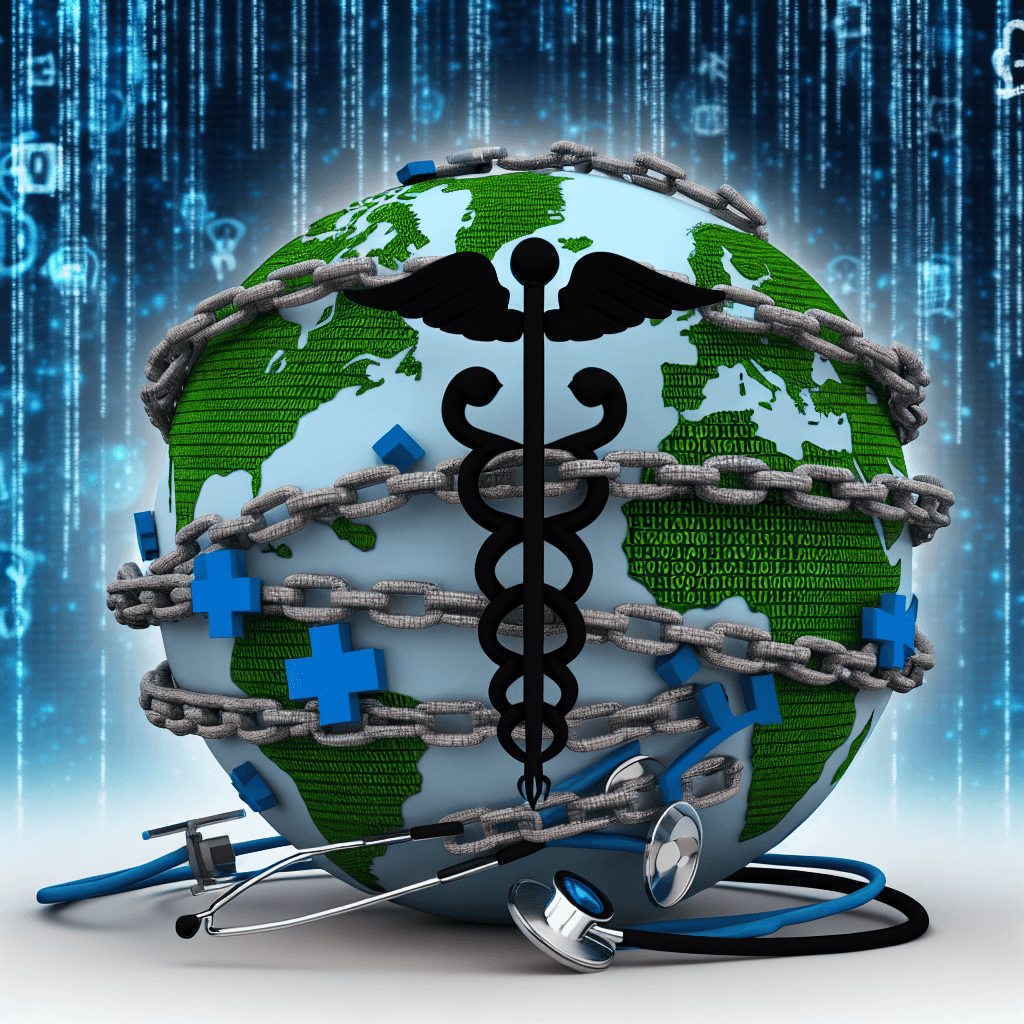Explore the global healthcare cybersecurity market trends, growth drivers, and challenges in securing medical data and systems.
Global Healthcare Cybersecurity Market

Table of Contents
- Exploring the Global Healthcare Cybersecurity Market
- Current Landscape of Healthcare Cybersecurity
- Market Size and Growth
- Key Players and Innovations
- Challenges in Healthcare Cybersecurity
- Data Breaches and Their Impacts
- Compliance and Regulatory Issues
- Technological Advancements in Healthcare Cybersecurity
- Artificial Intelligence and Machine Learning
- Blockchain Technology
- Case Studies: Lessons from Real-World Incidents
- The WannaCry Ransomware Attack
- The SingHealth Data Breach
- Future Prospects and Strategies
- Investment in Cybersecurity Infrastructure
- Training and Awareness Programs
- Conclusion
Exploring the Global Healthcare Cybersecurity Market

The global healthcare cybersecurity market is a critical and rapidly evolving sector, driven by the increasing digitization of healthcare data and a growing number of cyber threats targeting the healthcare industry. This article delves into the current landscape, challenges, and future prospects of cybersecurity in the healthcare sector, providing a comprehensive overview for stakeholders.
Current Landscape of Healthcare Cybersecurity
The healthcare industry has become a prime target for cybercriminals due to the sensitive nature of medical data. Cybersecurity solutions in healthcare are crucial for protecting patient information, ensuring the availability of medical services, and maintaining public trust in health systems.
Market Size and Growth
According to recent reports, the global healthcare cybersecurity market is expected to grow significantly in the coming years. Factors such as increasing healthcare data breaches, stringent regulatory requirements, and the adoption of digital healthcare records are driving this growth. The market, valued at several billion dollars, is projected to expand at a compound annual growth rate (CAGR) of over 15% over the next decade.
Key Players and Innovations
Major players in the healthcare cybersecurity market include companies like IBM, McAfee, Symantec, and Cisco. These companies offer a range of solutions including antivirus software, firewalls, and intrusion detection systems. Innovations such as blockchain and artificial intelligence are being increasingly adopted to enhance cybersecurity measures in healthcare.
Challenges in Healthcare Cybersecurity
The path to robust cybersecurity in healthcare is fraught with challenges that need strategic and operational responses.
Data Breaches and Their Impacts
Data breaches in healthcare can have severe consequences including financial losses, damage to reputation, and legal penalties. For instance, the breach at Anthem Inc., one of the largest health insurance companies, exposed the personal information of nearly 80 million people, leading to a settlement of $115 million.
Compliance and Regulatory Issues
Healthcare organizations face a complex landscape of regulations such as HIPAA in the United States, GDPR in Europe, and other national laws aimed at protecting patient data. Compliance with these regulations is both necessary and challenging, requiring significant resources and expertise.
Technological Advancements in Healthcare Cybersecurity
Technological innovations play a crucial role in shaping the future of healthcare cybersecurity.
Artificial Intelligence and Machine Learning
AI and ML are being leveraged to predict and mitigate potential threats by analyzing patterns and anomalies in data. These technologies can enhance threat detection capabilities and improve the speed and accuracy of response to cyber incidents.
Blockchain Technology
Blockchain offers a promising solution to secure healthcare transactions and patient data. By decentralizing the storage of data, blockchain technology can reduce the risk of data breaches and improve data integrity.
Case Studies: Lessons from Real-World Incidents
Examining specific incidents helps highlight the importance of cybersecurity in the healthcare sector.
The WannaCry Ransomware Attack
In 2017, the WannaCry ransomware attack affected thousands of organizations worldwide, including the UK’s National Health Service (NHS). The attack led to the cancellation of thousands of appointments and operations, highlighting the potential impact of cyber threats on healthcare services.
The SingHealth Data Breach
In 2018, Singapore’s largest group of healthcare institutions, SingHealth, suffered a major cyberattack where personal data of 1.5 million patients was stolen. The incident underscored the need for robust cybersecurity frameworks and practices in protecting patient information.
Future Prospects and Strategies
The future of healthcare cybersecurity lies in proactive and innovative approaches to protect against evolving cyber threats.
Investment in Cybersecurity Infrastructure
Healthcare organizations must prioritize investments in cybersecurity infrastructure, including advanced security software and skilled cybersecurity professionals, to safeguard against potential cyberattacks.
Training and Awareness Programs
Regular training and awareness programs for healthcare staff are essential to equip them with the necessary skills to identify and prevent cyber threats. These programs can significantly reduce the risk of data breaches caused by human error.
Conclusion
The global healthcare cybersecurity market is at a critical juncture, facing both significant challenges and opportunities. With the increasing number of cyber threats, the importance of robust cybersecurity measures cannot be overstated. By understanding the current landscape, learning from past incidents, and investing in future-proof cybersecurity strategies, the healthcare industry can safeguard itself against potential threats and ensure the security and privacy of patient data. The ongoing development of innovative technologies and practices promises a dynamic future for healthcare cybersecurity.
In conclusion, stakeholders in the healthcare sector must continue to adapt and evolve their cybersecurity strategies to protect against both current and emerging threats. The health of millions depends not just on medical advancements, but also on the security and resilience of the systems that store and manage their data.








